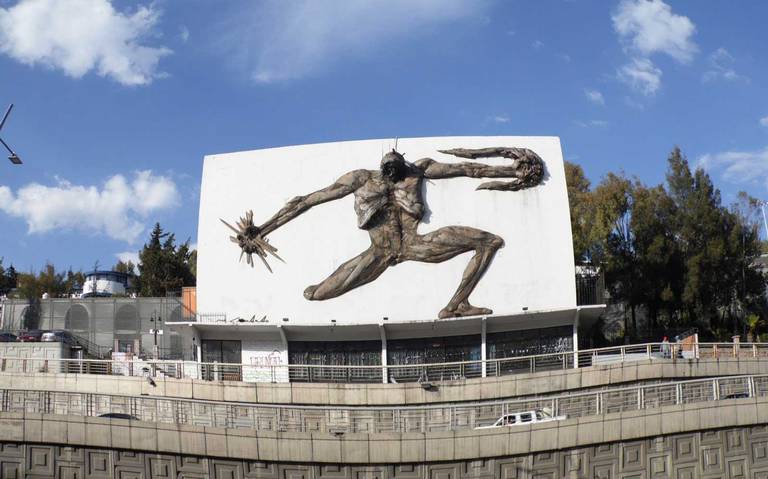Consequences of Galileo’s work in later science
Consecuencias de los trabajos de Galileo en la ciencia posterior


This work is licensed under a Creative Commons Attribution-NonCommercial-NoDerivatives 4.0 International License.
Copyright statement
The authors exclusively assign to the Universidad EIA, with the power to assign to third parties, all the exploitation rights that derive from the works that are accepted for publication in the Revista EIA, as well as in any product derived from it and, in in particular, those of reproduction, distribution, public communication (including interactive making available) and transformation (including adaptation, modification and, where appropriate, translation), for all types of exploitation (by way of example and not limitation : in paper, electronic, online, computer or audiovisual format, as well as in any other format, even for promotional or advertising purposes and / or for the production of derivative products), for a worldwide territorial scope and for the entire duration of the rights provided for in the current published text of the Intellectual Property Law. This assignment will be made by the authors without the right to any type of remuneration or compensation.
Consequently, the author may not publish or disseminate the works that are selected for publication in the Revista EIA, neither totally nor partially, nor authorize their publication to third parties, without the prior express authorization, requested and granted in writing, from the Univeridad EIA.
Show authors biography
Galileo is an important personage in the history of science, that is why many of his concepts and technical contents have a special meaning and significance. In Galileo’s ideas, perhaps better than in any other of the protagonists of the scientific revolution, the theoretical dichotomy of the birth of the new and crucial concepts of Classical Physics can be appreciated: many of his opinions and concepts are still medieval while others are definitely modern. Precisely this dichotomy makes difficult to modify the real contribution of Galileo in the formulation of the concepts. Most of the work carried out by Galileo had consequences for later science development, in this work only two of these consequences will be analyzed: the modifications of the concept of momentum, and the preparation of Newton's first law of motion.
Article visits 990 | PDF visits 402
Downloads
- Aristóteles, Physica, s. IV a. C. Hardie, R.P. & Gaye, R. K. (1952). Physics, The Works of Aristotle, Great Books of the Western World. Chicago: Enciclopedia Británica, pp. 326.
- Dugas, R. (1954). La mecánica au XVII esiécle, París: Vrin, pp. 605.
- Franklin, A. (1976). Principle of inertia in the middle ages. Am. J. Phys. 44, pp. 529-545. https://doi.org/10.1119/1.1039
- Galilei, G. (1990). Discorsi e dimostrazioni matematiche attinenti alla mechanica ed i movimenti locali. En Elsevirii, L., Edizione a cura di E. Giusti. Torino: Giulio Einaudi Editore.
- Galilei, G. (1968) Opere, Tomo VII, “Dialogo sopra due massimi sistema del mondo”, 1ª Jornada, pp. 43.
- Geymonat, L. (1986). Galileo Galilei. Barcelona: Península.
- Gilson, E. (1952). La Philosophie au Moyen Age, París, Payot. Pacios A. y Caballero, S. (1985) La filosofía de la Edad Media, Madrid: Gredos.
- Jammer, M. (1979). Stonia del concetto di forza, Milano: ed. Feltrinelli, 2ª edizione, pp. 114.
- Koyre, A. (1980). Estudios Galileanos Madrid: Siglo XXI, pp. 152-199.
- Shea W. R. (1983). La revolución intelectual de Galileo (trad. Peralta, C.). Barcelona: Ariel.




